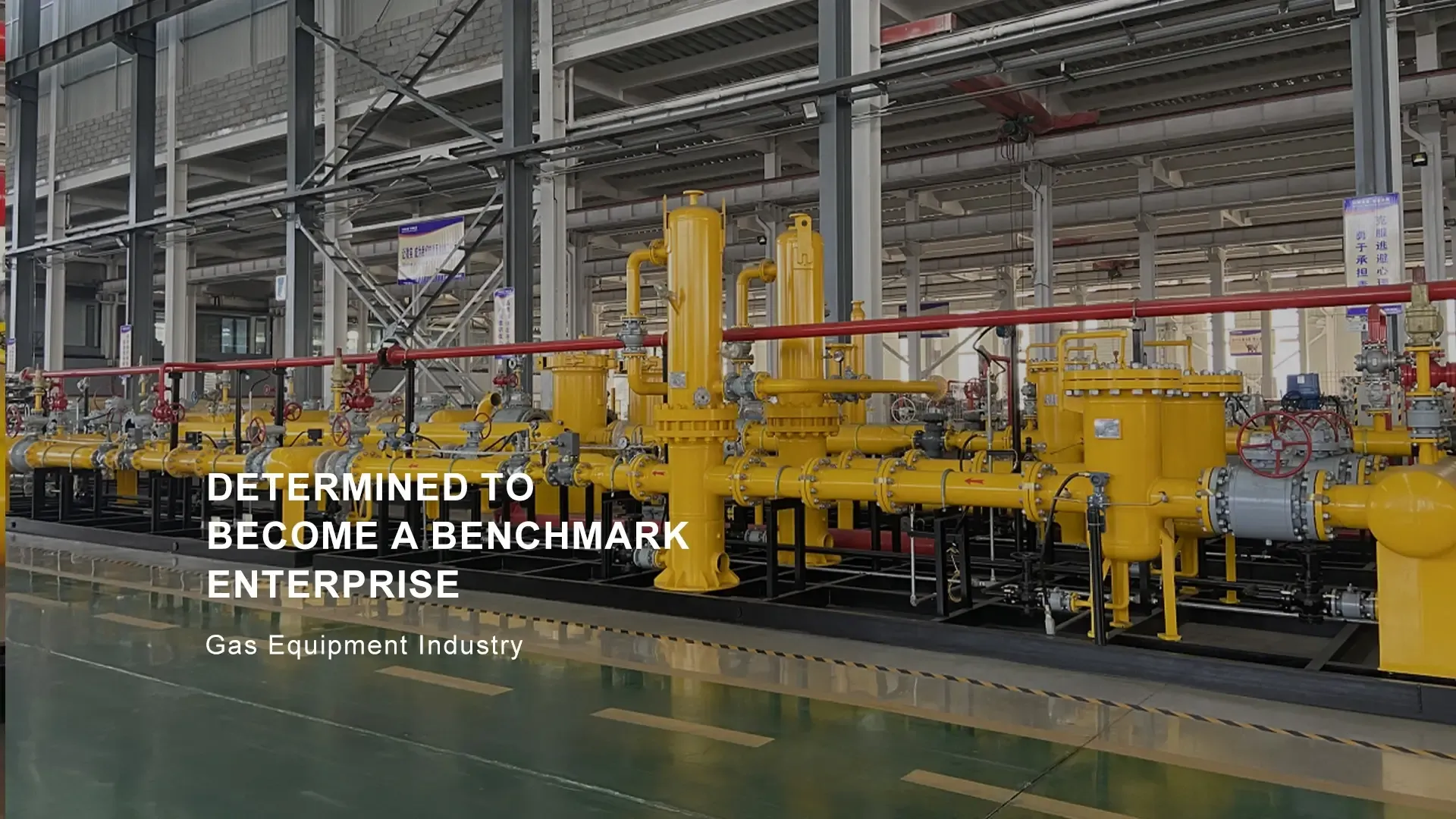
8 月 . 28, 2024 17:52
Back to list
gasification equipment
Understanding Gasification Equipment An Overview
Gasification is an advanced thermal process that converts organic or fossil-based materials into carbon monoxide, hydrogen, and carbon dioxide. This process is gaining traction due to its ability to generate clean energy while managing waste effectively. Central to this technology is gasification equipment, which plays a critical role in the efficient transformation of biomass, coal, or other feedstocks into syngas (synthesis gas).
Key Components of Gasification Equipment
Gasification equipment comprises several integral components, each contributing to the overall efficiency and effectiveness of the gasification process.
1. Gasifier The heart of the system, the gasifier, is where the actual conversion of feedstock takes place. Within this unit, materials are subjected to high temperatures in a controlled environment with limited oxygen. Variations of gasifiers include fixed-bed, fluidized-bed, and entrained-flow gasifiers, each designed for specific types of feedstocks and applications.
2. Feedstock Preparation Unit Proper feedstock preparation is crucial for maximizing gasification efficiency. This unit typically includes shredders, dryers, and crushers, which ensure that the materials are in the right size and moisture content for optimal gasification.
3. Syngas Cleanup System After gasification, the produced syngas typically contains impurities such as tar, sulfur compounds, and particulates. A syngas cleanup system removes these contaminants, often involving scrubbers, filters, and catalytic converters. This step is essential to upgrading syngas for further applications, such as electricity generation or chemical synthesis.
gasification equipment

4. Cooling and Heat Recovery System The gasification process generates significant heat, which can be harnessed using a cooling and heat recovery system. By capturing and reusing this heat, facilities can improve overall energy efficiency and reduce operational costs.
5. Control System Modern gasification plants are equipped with advanced control systems that monitor and regulate the entire gasification process. These systems ensure optimal operating conditions and can adjust parameters such as temperature and pressure in real-time to enhance efficiency and safety.
Applications of Gasification Equipment
Gasification equipment is versatile, with applications across various industries. In the energy sector, it is used to produce renewable energy from biomass, converting agricultural residues and organic waste into syngas that can be used for electricity generation or as a feedstock for biofuels. In the chemical industry, gasification serves as a platform for producing synthetic fuels and valuable chemicals from coal or natural gas.
Moreover, gasification technology is increasingly viewed as a solution for waste management. Municipal solid waste and industrial byproducts can be gasified to minimize landfill use while recovering energy. This not only addresses waste disposal challenges but also contributes to a circular economy.
Conclusion
Gasification equipment stands at the forefront of innovative waste-to-energy solutions. As industries continue to seek sustainable practices and reduce their carbon footprint, gasification offers a promising pathway for transitioning to cleaner energy sources. With ongoing advancements in technology and equipment, the potential for gasification to play a pivotal role in energy production and waste management will only expand in the years to come.
Latest news
-
Unlocking The Quality Gas Pressure ReducersNewsNov.01,2024
-
The Role of Gas Pressure Reducing StationsNewsNov.01,2024
-
The Importance and Functionality of Safety Relief ValvesNewsNov.01,2024
-
The Essential Role of Safety Valves in Natural Gas ApplicationsNewsNov.01,2024
-
The Essential Role of Gas Pressure RegulatorsNewsNov.01,2024
-
Enhance Your Premium Gas FiltersNewsNov.01,2024

